Live Leak Free,
Reclaim Your Freedom.
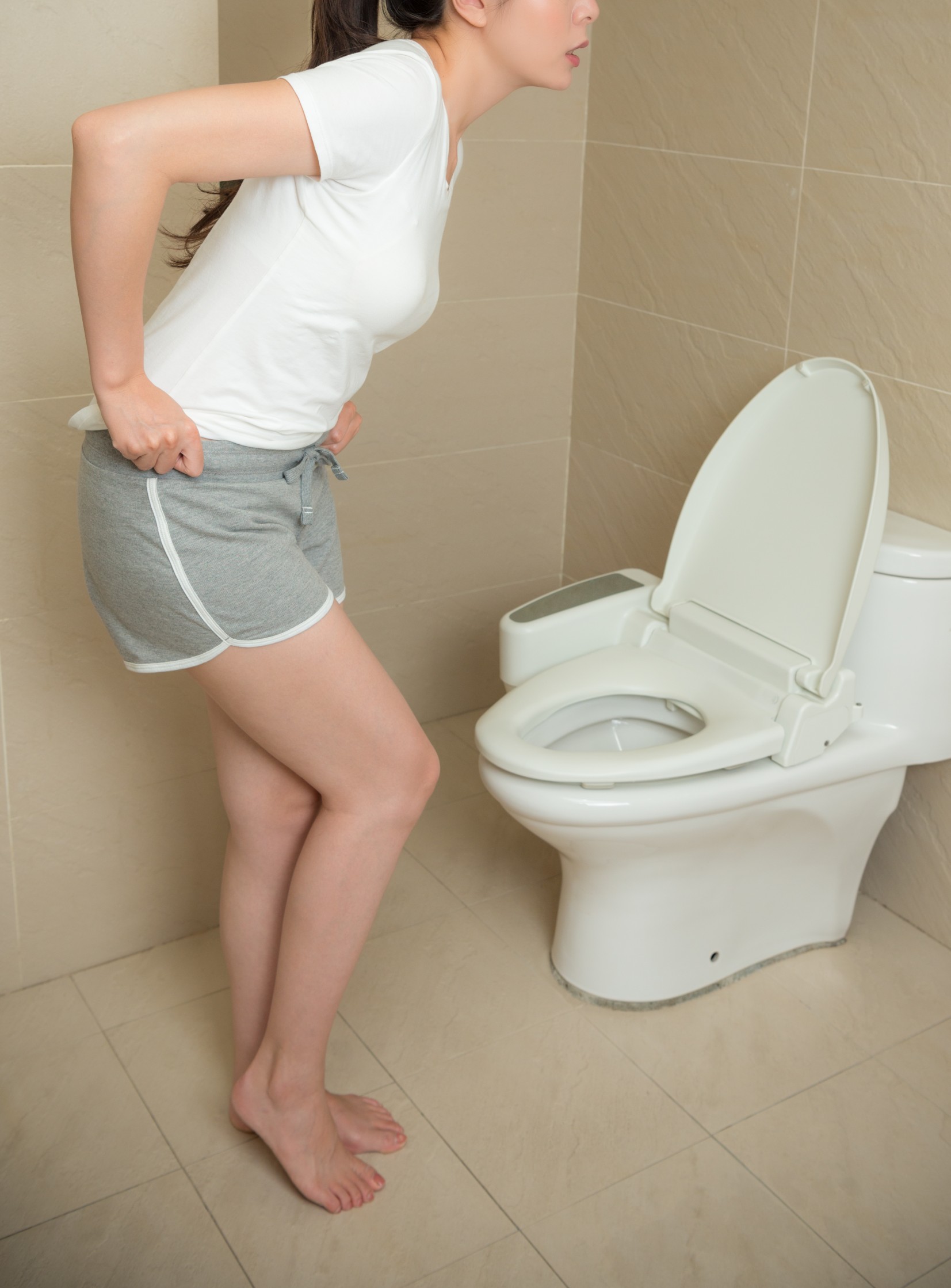
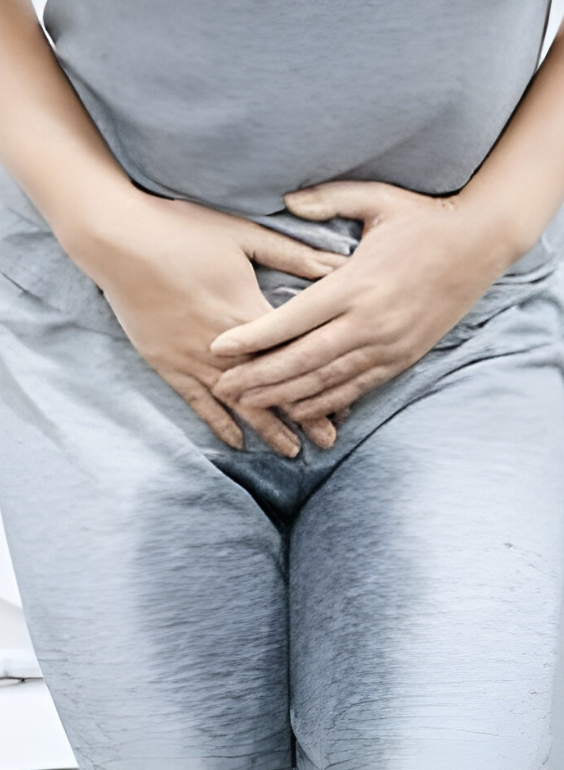

Urinary Leakage In Women
Urinary Leakage In Women refers to unintentional leakage of urine from the bladder. Urinary leakage occurs when the bladder is put under pressure from physical actions, physical activities or movements. It is a common problem, especially among women and happens when the muscles and tissues that support the bladder and control pee flow become weak or damaged.

Treatment For Urinary Leakage
Learn about urinary leakage symptoms and effective treatments to regain control and improve your quality of life. Seek medical advice
- Pelvic Floor Exercise
- O-Shot
- Medications
- Lifestyle changes
- Vlift for Sui
- PRP for SUI
- RF For SUI
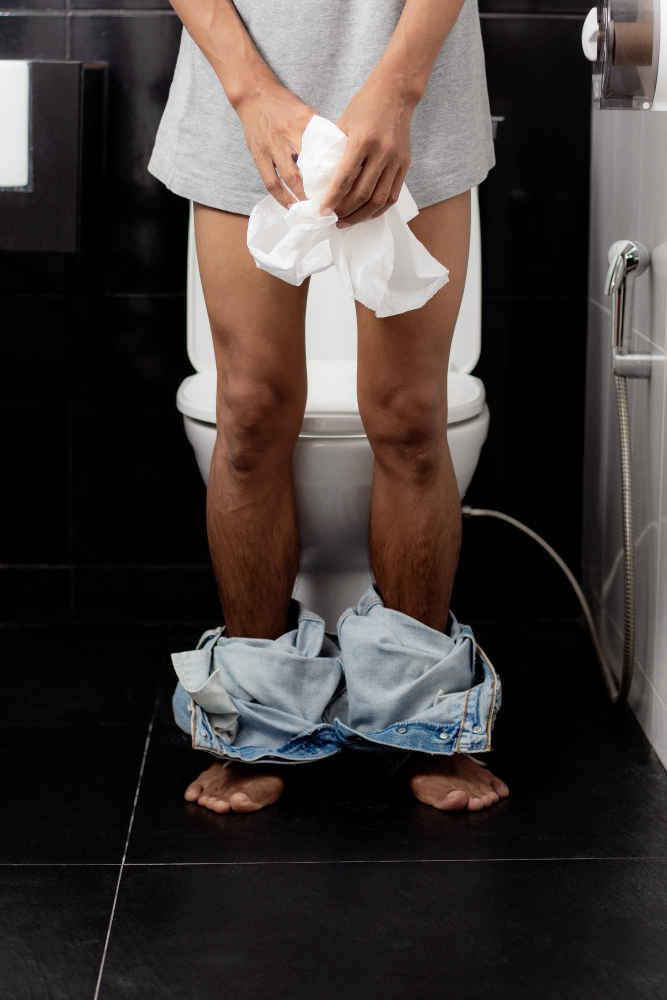
Symptoms of Urinary Leakage
Listen to the whispers before they become screams: Recognize the symptoms of Urinary Leakage

Urinary Frequency
Frequent need to urinate, involving increased washroom visits.
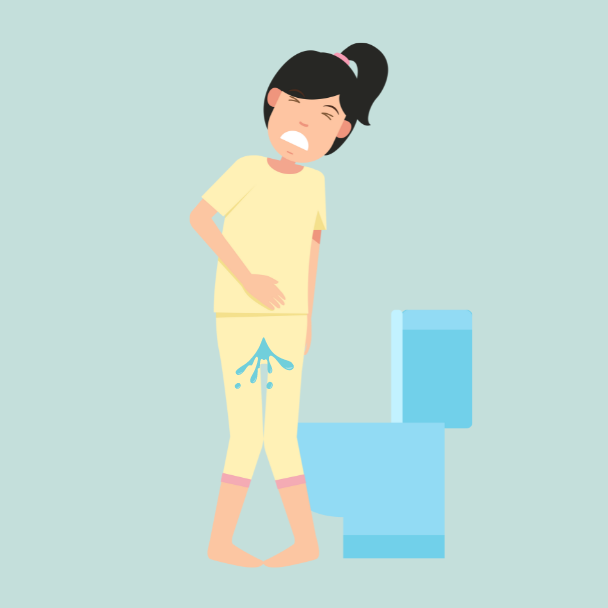
Post Urination Dribbling
Unintentional urine leakage or dribbling after completing the urination process.
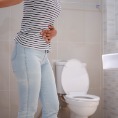
Low Urine
Flow
Reduced urine stream in stress urinary incontinence, impacting voiding efficiency.

Uncontrollable Urination
Involuntary urine loss during physical activities such as coughing, laughing, exercising etc.
Frequently Asked Question
Why are women more likely to experience urinary leakage?
Women are more prone to UI due to several anatomical and hormonal factors:
- Pregnancy and childbirth: Pregnancy weakens pelvic floor muscles that support the bladder and urethra. Childbirth, especially vaginal delivery, can further damage these muscles.
- Menopause: Decreasing estrogen levels after menopause can weaken the urethra and bladder muscles, contributing to stress incontinence.
- Urinary tract infections (UTIs): UTIs are more common in women and can irritate the bladder, leading to leakage.
- Vaginal atrophy: Thinning and inflammation of vaginal tissues after menopause can affect bladder control.
What are the most common types of urinary leakage in women?
- Stress incontinence: The most common type in women, caused by leaking urine during activities that increase pressure on the bladder (coughing, sneezing, laughing, exercise).
- Urge incontinence (overactive bladder): A sudden, strong urge to urinate that’s hard to control, sometimes accompanied by leakage.
- Mixed incontinence: Having symptoms of both stress and urge incontinence.
How can I strengthen my pelvic floor muscles?
Pelvic floor muscle exercises, also known as Kegels, are highly effective for improving bladder control. You can do them discreetly almost anywhere. Here’s a basic guide:
- Tighten the muscles around your urethra (like stopping urine flow) and vagina as if lifting them upwards.
- Hold for a count of 5, then relax for a count of 10.
- Aim for 3 sets of 10 repetitions daily.
What lifestyle changes can help with urinary leakage?
- Maintain a healthy weight: Excess weight puts extra pressure on your bladder.
- Manage fluids: Drink plenty of fluids throughout the day, but avoid bladder irritants like caffeine and alcohol before bedtime.
- Empty your bladder regularly and completely: Don’t wait until you feel the urge to urinate. When you go, try to fully empty your bladder.
- Quit smoking: Smoking can irritate the bladder and contribute to coughing, which can worsen stress incontinence.
When should I see a doctor about urinary leakage?
Don’t hesitate to see a doctor if you experience any degree of urinary leakage. Early diagnosis and treatment can significantly improve your quality of life.
Remember: Urinary leakage is a common issue, and you’re not alone. There’s no shame in seeking help. A doctor can diagnose the cause and create a personalized treatment plan to regain control.
What is Vlift treatment for SUI?
V-Lift SUI treatment is a minimally invasive procedure to address stress urinary incontinence (SUI), a condition where urine leaks during physical exertion. It involves the insertion of a suburethral sling to support the urethra and prevent involuntary leakage.
What happens in PRP treatment for SUI?
PRP for SUI treatment is a procedure that involves injecting platelet-rich plasma (PRP) into the urethra to strengthen the sphincter muscles and reduce urine leakage.
What is RF treatment for SUI?
RF treatment for SUI uses radiofrequency energy to stimulate collagen production in the urethral tissue. This helps strengthen the urethra, reducing urine leakage during physical activity. The procedure involves a handheld device that delivers controlled heat to the treatment area.
